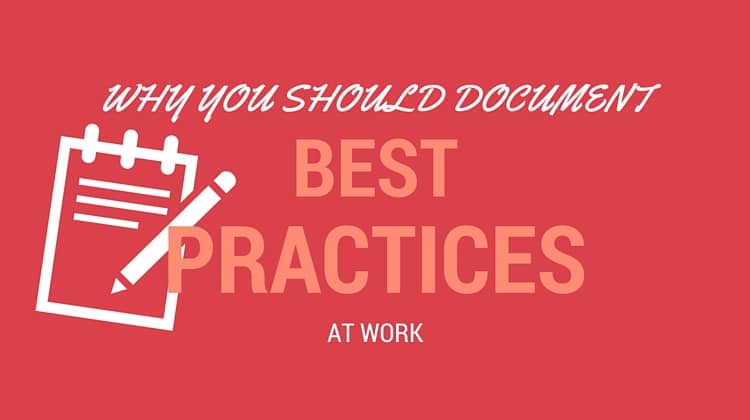
I had the opportunity to help a local humane society animal shelter, not too many years ago. I was filling in after their executive director was fired and was trying to help them right their organizational ship before embarking on hiring a replacement.
The shelter housed approximately 100 dogs and cats. There were issues with the operational systems in the finance department and board of directors. However, the animal care was superb. Speaking with the Board president, I was informed that it was perfectly fine to fix the administrative operations, but leave the animal care alone. It was working well.
This leads me to the topic of best practices. The kennel director was phenomenal at taking care of the canines and felines. She understood temperament and health care. But if I were to ask her to document in writing what she did and why—I know that wouldn’t happen. So I took on the task.
I followed her during her work day and asked her what her reasoning was that contributed to her decisions. In other words, I was documenting the way she did things so that I could describe her best practices. This documentation helped illustrate to the Board of Directors how well things were working in the kennel; it helped with training of new kennel staff, and it became a safeguard in the event we would someday need a new kennel director.
Maintaining such a written record helps provide predictable results from proven best practices. It creates a level of consistent service.
Tips to Document Best Practices at Work
It’s not hard to document best practices at work. Members of your workforce have a specific way in which they get things done. Over time, they have perfected their work methodology and know what the most efficient ways are to get the best results. These become their best practices.
They are the experts at their own jobs. Having them put in writing how they do things preserves their efficient and effective workways for others to use in similar situations. The documented best practices become a valuable asset for the organization as a training tool and recorded operational system. Systems add intrinsic value to the company’s worth.
Two words to the wise when it comes to best practices. If you are asking your workers to write what they do, have someone unfamiliar with their job process try and follow the written directions. Many times individuals find their work procedures second nature, and steps will be omitted in the written document. Because the worker is so familiar with the job process, they don’t even realize that some of the details may not be common knowledge to others. So beware of missing steps.
The second aspect of documenting best practices, is to realize that even best practices need to be modified over time. Things change. Again, having an outside perspective on how a job gets accomplished can keep the best practices fresh and relevant.
Documenting best practices is a way to call attention to jobs well done and to identify the expertise that exists within the organization. Showing respect for workers’ competencies goes a long way in building morale and helps an organization move positively towards future success.
